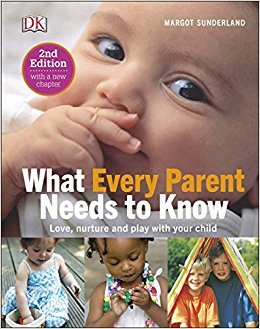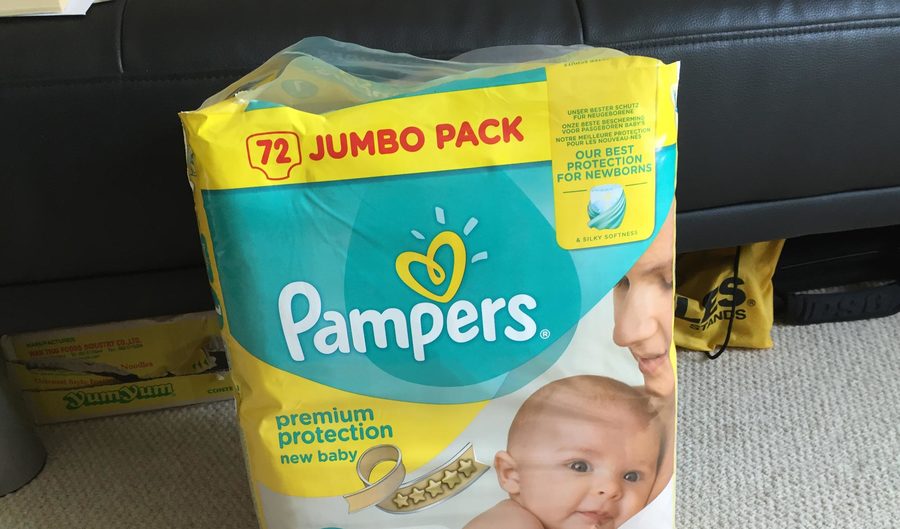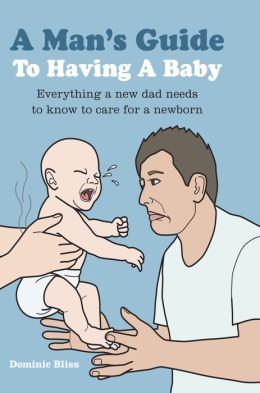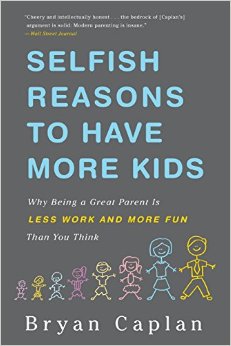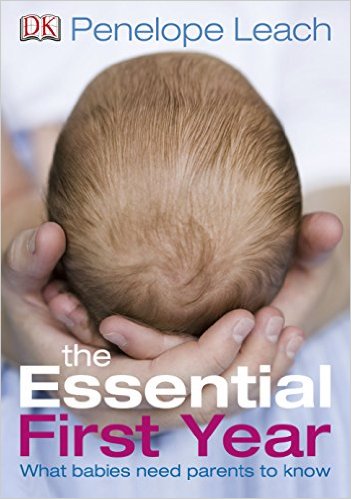Does the government really provide 30 hours free childcare?
Saturday, September 18th, 2021 | Family & Parenting
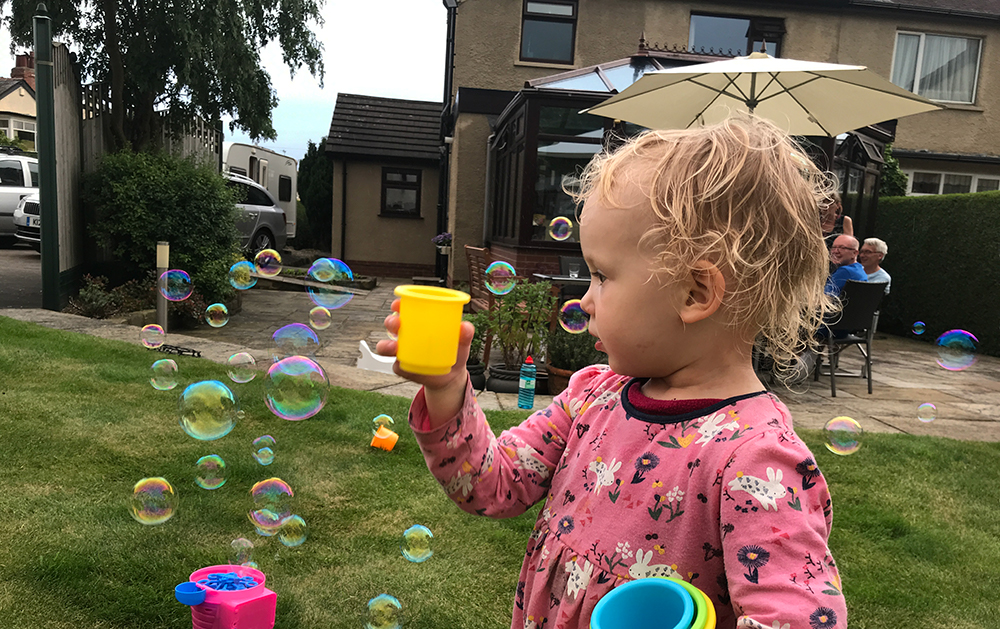
The government claim to provide 30 hours of free childcare for children over three who have working parents. But this is not the case. We are getting somewhere around 5-15 hours per week. In this post, I will explain how it works.
How much childcare is provided?
The government say they provide 30 hours a week of free childcare. But’s more complicated than that.
First, it is only during school term time. There is nothing underhanded about I’m not sure how well known it is that it is only 38 weeks per year’s worth of childcare.
Second, it only starts the term after your child turns three. Our daughter was born in October, so the funding did not kick in from January.
Third, childcare providers often just deduct the funding from your regular bill. And the government funding is not £5.28 per hour.
Fourth, childcare providers sometimes charge you more for using government funding. In our case, they said that although our daughter attends full time because she attends part-time as a government-funded placement and part-time as a private placement, she is no longer eligible for the £55 per day rate, but instead must pay the £62.50 per day rate.
What was our original bill?
Our daughter was paying £55 per day, 5 days a week, 51 weeks a year, minus two training days. The days are 10.5 hours long. So, we were paying £14,025 per year and getting 253 days in total, which is 2,656.5 hours. Thus, we were paying £5.28 per hour.
What does this look like with funding?
Because we are now on the higher tariff, our annual bill is now £15,937.50. The government provide £4.30 per hour in funding (£4.36 from April 2020), so this meant autumn term (not eligible), winter term (360 x £4.30 = £1,1548), spring term (360 x £4.36 = £1,569.60).
That’s a total of £3,117.60, which comes off our bill of £15,937.50. So, the final bill is £12,819.90. Remember that our original bill was £14,025.00, so this has reduced our bill by £1,205.10.
We calculated our fees at £5.28 per hour, so based on this the government are paying for 228.2 hours, which spread across the 51 weeks is 4.5 hours a week. Or, if you want to argue that it should only count for school term time weeks, we can divide it by 36, in which case the government is providing 6.0 hours per week.
For the next academic year, we should be eligible for funding for all three terms. So, 36 weeks x 30 hours x £4.36 means £4,970.40. £15,937.50 minus £4,970.40 is £10,967.10. That is a reduction of £3,057.90 from our original bill of £14,025.00, which is 579.1 funded hours of childcare, or 11.4 hours per week over 51 weeks, or 15.2 hours per week over 38 weeks.
Therefore, even with the most liberal interpretation, I believe the government are only providing less than half the amount of free childcare they claim to be.
Are they allowed to do this?
That’s not clear. We spoke to our MP, who was helpful but ultimately had to refer us elsewhere. We spoke to the Department of Education who said it was down to local councils to manage the funding. And we spoke to Leeds City Council who said they were not going to do anything about it.
The issue is that the rules are unclear. They cannot charge parents for using the 30 hours, but they can charge whatever they like for any additional time. And they can charge for “extras” like food and nappies. So, if they provide the 30 hours for free but then the money for the extra time you spend there is magically the same as if they had just deducted the funding from your regular bill, well, that is certainly a crazy coincidence.
Why don’t you go somewhere else?
Because we have no option. There are only two daycares near where we live (including the one we use, so one alternative) and you cannot just walk up to them and sign up: they often have long waiting lists. There is not an abundance of childcare available so you have to take what you can get and pay whatever they ask. Hence why we all spend over £1,000 a month on childcare.
What should change?
If you have followed the maths so far in this article, you are doing really well. It is complicated to work all of this out to the point where many parents may not even realise what is happening.
I myself have already had to redo the figures once because I calculated it on 36 weeks of funding. This is because our childcare provider said there are 12 weeks available in winter and spring. But the government website said there are 38 weeks per year available. I have therefore assumed that autumn (the term we missed out on) will provide 14 weeks of funding. But neither the government nor our childcare provider has confirmed this.
The current process is too complicated for parents to understand and needs to be made clearer.
Second, the difficulty is that childcare is not a profitable business. We could ban childcare providers from charging these additional top-ups fees but the most likely outcome is that the childcare providers would simply stop out of of the government-funded places and we would just have to pay their private fees.
Therefore the government needs to offer a realistic amount of funding. If it costs £5.28 per hour to run a daycare, £4.36 per hour (around 17% less) is not enough.
Third, childcare providers should be banned from profiting from the funding. Even if they just took the government funding and deducted it from our bill, we could probably live with that and blame the government for not providing enough funding. However, as we get moved onto the higher tariff, the childcare provider is charging us £1,912.50 per year more than if we were not using the funding.
Conclusion
The government claim to provide 30 hours of free childcare. But, in reality, parents can expect somewhere between 5 and 15 hours of free childcare per week depending on how it is calculated.

The government claim to provide 30 hours of free childcare for children over three who have working parents. But this is not the case. We are getting somewhere around 5-15 hours per week. In this post, I will explain how it works.
How much childcare is provided?
The government say they provide 30 hours a week of free childcare. But’s more complicated than that.
First, it is only during school term time. There is nothing underhanded about I’m not sure how well known it is that it is only 38 weeks per year’s worth of childcare.
Second, it only starts the term after your child turns three. Our daughter was born in October, so the funding did not kick in from January.
Third, childcare providers often just deduct the funding from your regular bill. And the government funding is not £5.28 per hour.
Fourth, childcare providers sometimes charge you more for using government funding. In our case, they said that although our daughter attends full time because she attends part-time as a government-funded placement and part-time as a private placement, she is no longer eligible for the £55 per day rate, but instead must pay the £62.50 per day rate.
What was our original bill?
Our daughter was paying £55 per day, 5 days a week, 51 weeks a year, minus two training days. The days are 10.5 hours long. So, we were paying £14,025 per year and getting 253 days in total, which is 2,656.5 hours. Thus, we were paying £5.28 per hour.
What does this look like with funding?
Because we are now on the higher tariff, our annual bill is now £15,937.50. The government provide £4.30 per hour in funding (£4.36 from April 2020), so this meant autumn term (not eligible), winter term (360 x £4.30 = £1,1548), spring term (360 x £4.36 = £1,569.60).
That’s a total of £3,117.60, which comes off our bill of £15,937.50. So, the final bill is £12,819.90. Remember that our original bill was £14,025.00, so this has reduced our bill by £1,205.10.
We calculated our fees at £5.28 per hour, so based on this the government are paying for 228.2 hours, which spread across the 51 weeks is 4.5 hours a week. Or, if you want to argue that it should only count for school term time weeks, we can divide it by 36, in which case the government is providing 6.0 hours per week.
For the next academic year, we should be eligible for funding for all three terms. So, 36 weeks x 30 hours x £4.36 means £4,970.40. £15,937.50 minus £4,970.40 is £10,967.10. That is a reduction of £3,057.90 from our original bill of £14,025.00, which is 579.1 funded hours of childcare, or 11.4 hours per week over 51 weeks, or 15.2 hours per week over 38 weeks.
Therefore, even with the most liberal interpretation, I believe the government are only providing less than half the amount of free childcare they claim to be.
Are they allowed to do this?
That’s not clear. We spoke to our MP, who was helpful but ultimately had to refer us elsewhere. We spoke to the Department of Education who said it was down to local councils to manage the funding. And we spoke to Leeds City Council who said they were not going to do anything about it.
The issue is that the rules are unclear. They cannot charge parents for using the 30 hours, but they can charge whatever they like for any additional time. And they can charge for “extras” like food and nappies. So, if they provide the 30 hours for free but then the money for the extra time you spend there is magically the same as if they had just deducted the funding from your regular bill, well, that is certainly a crazy coincidence.
Why don’t you go somewhere else?
Because we have no option. There are only two daycares near where we live (including the one we use, so one alternative) and you cannot just walk up to them and sign up: they often have long waiting lists. There is not an abundance of childcare available so you have to take what you can get and pay whatever they ask. Hence why we all spend over £1,000 a month on childcare.
What should change?
If you have followed the maths so far in this article, you are doing really well. It is complicated to work all of this out to the point where many parents may not even realise what is happening.
I myself have already had to redo the figures once because I calculated it on 36 weeks of funding. This is because our childcare provider said there are 12 weeks available in winter and spring. But the government website said there are 38 weeks per year available. I have therefore assumed that autumn (the term we missed out on) will provide 14 weeks of funding. But neither the government nor our childcare provider has confirmed this.
The current process is too complicated for parents to understand and needs to be made clearer.
Second, the difficulty is that childcare is not a profitable business. We could ban childcare providers from charging these additional top-ups fees but the most likely outcome is that the childcare providers would simply stop out of of the government-funded places and we would just have to pay their private fees.
Therefore the government needs to offer a realistic amount of funding. If it costs £5.28 per hour to run a daycare, £4.36 per hour (around 17% less) is not enough.
Third, childcare providers should be banned from profiting from the funding. Even if they just took the government funding and deducted it from our bill, we could probably live with that and blame the government for not providing enough funding. However, as we get moved onto the higher tariff, the childcare provider is charging us £1,912.50 per year more than if we were not using the funding.
Conclusion
The government claim to provide 30 hours of free childcare. But, in reality, parents can expect somewhere between 5 and 15 hours of free childcare per week depending on how it is calculated.
